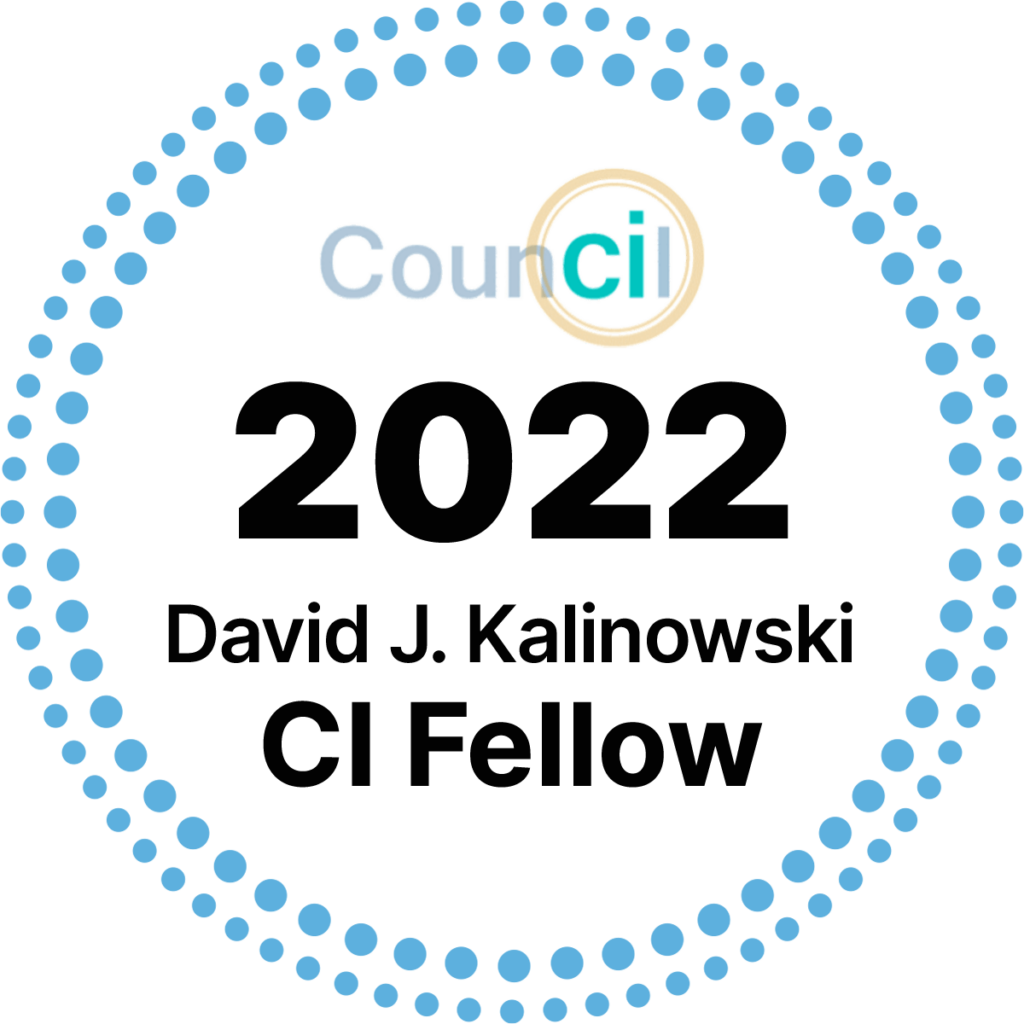
Chad Hinkle
Engagement Manager
Proactive Worldwide, Inc.
Published: April 15, 2022

B2B Research: How To Use Quantitative & Qualitative Research
Most successful B2B companies know that listening to the customer is critical for keeping their companies relevant with customers and ahead of the competition. However, many companies rely on their salesforce or do an occasional customer survey to provide insights back to product and service teams. The most successful B2B companies use a combination of qualitative and quantitative research to help distance themselves from their competition. These companies understand the strengths of each research approach and use them to get the clearest perspective reducing their risk and increasing their chances for success. Let’s look at each type of research and what insights can be learned from each approach.
Quantitative Research
Quantitative (quant) research is focused on measuring differences. Most B2B companies heavily invest in quantitative research because the data it finds can be tested for significance (e.g., p-values) and how much one thing is related to another (e.g., Cohen’s d).
Most successful B2B companies use quant research to collect a lot of data on a specific topic. For instance:
- Understanding what new service idea is most appealing to current and potential customers.
- Tracking how likely customers are to recommend the company’s brand over time (e.g., Net Promoter Scores or NPS).
- Determining the average amount customers spend for a service across competitors.
Quant research is comfortable for many B2B companies because it feels safe. Seeing asterisks next to statistically significant findings makes them feel the data is strong and safe to act upon. However, just because something is statistically significant does not mean it gives a B2B company all the information they need to a successful business decision.
Successful B2B companies are careful in how they use quant research. For example: they ask current and potential customers to rank order a list of service ideas based on how well they meet the customers’ business needs. They will not use quant data by itself to determine which service should be put into the market. To make the best business decisions, successful companies also seek to understand the “whys” behind what they are finding in the quant research.
Qualitative Research
Qualitative (qual) research is focused on uncovering the reasons behind why something is happening. Most B2B companies are familiar with the idea of qual research but tend to use it much less than they use quantitative research. Qual research tends to make many B2B companies uncomfortable because it does not test data using standardized success criteria like quant does (e.g., statistical significance).
Instead, B2B qual research uncovers trends in what people report in interviews. The most successful B2B companies use qual to understand customers’ thoughts and feelings. Additionally, qual is used in competitive research to understand everything from competitors’ sales processes to the services they are currently developing. For example: companies will use qual research to understand:
- What leads current and potential customers to rate some service ideas and service features as being a better fit for their business needs than others.
- Which other services in the market are seen as competitors to new services the successful B2B company is considering bringing to market.
- What new services and features their competitors are currently developing (using competitive intelligence research).
By themselves, both quant and qual research are powerful tools many B2B companies use to help them make business decisions.
However, combining these two research approaches into one overall research approach referred to as Qualiquant research often is the key to setting the most successful B2B businesses apart from their competition.
Qualiquant Research
Qualiquant research combines both quant research (measuring “how much” or “how many) with qualitative research (uncovering why something is happening). Successful B2B companies layer quant and qual research together in the same research to give them the most complete information to use when making their business decisions.
For example, a successful B2B company recently partnered with Proactive Worldwide to conduct qualiquant research to help them determine which new service idea they should develop and bring to market. The company asked to get the most complete perspective on their new service ideas so they could make the most informed decision as to what they needed to do for their next steps. Here is what Proactive did:
- Quant research where current and potential customers answered questions on a survey that asked them to:
- Rank the new service ideas from highest to lowest based on how much each met their businesses’ needs.
- Rank what features of the services they found to be the best fit for their businesses’ needs.
- Rank the new service ideas compared to competitors’ current services.
- Rate how likely they would be to switch from their current service to these new service ideas.
- Qual research where current and potential customers were individually interviewed by one of Proactive’s expert researchers to:
- Understand what customers considered to be their ideal solution. This gave the company a model for what customers would ideally like to have in this type of solution.
- Understand what made the highest rated new service ideas and features (from the quant research) a good fit for their businesses’ needs.
- Understand how these new service ideas compared to the ideal solution.
- Understand how these new services compared to the competitors’ services ranked close to the new services in the quant research.
- Understand how the competitors’ solutions compared to the ideal solution.
This qualiquant research approach gave this highly successful B2B company the information they used to rework one of their highest-ranking service ideas to match customers’ ideal solution most closely.
The client team was able to show their leadership:
- What their current and potential customers ideally wanted from a service
- Why their highest rated service idea was strong and why the reworked version was even stronger
- This new service would be a bit fit for the market than any competitors’ current or near future solutions.
Final Thoughts
Every B2B company is doing the best they can to use research to help them make the right decisions for their business. Most B2B business heavily rely upon quant research to inform their business decisions occasionally bringing in qual research to help them understand unclear quant findings.
The most successful B2B companies think of quant and qual research as complementary approaches that together give them the perspective they need to make the best decisions for their business. We highly encourage you to use qualiquant research in your business to help you make the best decisions for your business.
Please contact Nando Scola (nandos@proactiveworldwide.com) to discuss how qualiqant research could benefit your business.














